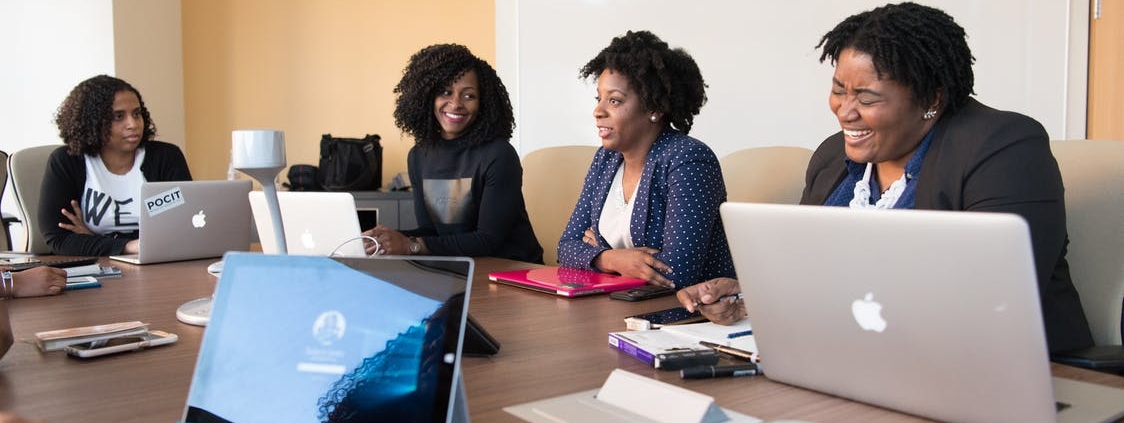
Photo by Christina Morillo
Your brand is average. Your marketing is garbage. You operate in a sea of sameness.
That’s not exactly the feedback you want to hear as a marketer working for a Fortune 500 company.
But that’s the feedback we got. So, what did we do? Naturally, we walked around the halls telling one another how great we were, and how this guy was an out-of-touch jerk who didn’t know how great our brand was or how innovative we were in our space.
After a few hours (truthfully, it was probably weeks), everyone moved along that introspective journey from resentment to acceptance. The CEO of that Fortune 500 company was right. We had gotten to a place of patting ourselves on our backs because those around us were adept at guiding our hands and directing our proud palms to the middle of our spines.
When you accept the status quo and listen to your biggest cheerleaders, how do you ever know if what you are doing is having an impact?
The biggest companies in the world hire teams of people to ensure that their corporate responsibility efforts are well integrated with the mission of the company. Said another way, they focus their efforts so that they “do good” in society while “doing well” from a financial standpoint. This is not easy. It is especially difficult for companies with the will, but not the human resources.
Many well-intentioned organizations throughout the country blindly give their time and money to causes, and then get a nice award in front of a room full of smiling faces. Success! Not exactly. If your organization hasn’t done the requisite up-front analysis, thorough development, and rigorous evaluation, then at a minimum you have missed an impact opportunity, and most likely you have wasted your resources. The resulting output looks very similar to countless other well-intentioned organizations who operated on feel and listened to the masses. Welcome to the sea of sameness.
…
At SchermCo, we have developed a customized approach to corporate responsibility for small/mid-sized organizations. From an internal audit and a detailed market analysis to the development, execution and evaluation of a philanthropic playbook, we work with our partners every step of the way, regardless of where they are in their journey. And we help them make a real impact with causes they care about.
Swimming out of the sea of sameness is not as daunting as it may seem. It takes the co-creation of a strategy and a team focused on planning, implementation, and measurement. In that, we can help.
By: Jake House
To learn more about SchermCo or our customized corporate responsibility programs, please contact Jake House–jake@schermdemo.wpengine.com

